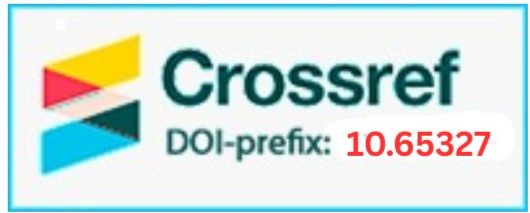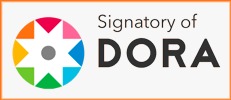Immune response on interferon-gamma in rats infected with C.albicans
DOI:
https://doi.org/10.22141/2307-1257.14.3.2025.533Keywords:
IFN-γ, C.albicans, candidiasis, immune response, ratsAbstract
Background. Candida albicans is the most frequent etiologic agent that causes opportunistic fungal infection called candidiasis, a disease whose systemic manifestation could prove fatal and whose incidence is increasing as a result of an expanding immunocompromised population. Here we review the role of interferon-gamma (IFN-γ) in host protection against invasive candidiasis. This study investigates the time- and sex-dependent variations in IFN-γ levels in C.albicans-infected rats, offering insights into the function of this cytokine in fungal immunity. Materials and methods. This study involved 100 rats, with 50 in the experimental group and 50 in the control group, each consisting of 25 males and 25 females. The experimental group received cyclosporine A (10 mg) 24 hours prior to the infection to suppress the immune response and facilitate C.albicans growth, whereas the control group was administered distilled water instead of C.albicans suspension. Following four days of infection, group 1 was anesthetized, and a blood sample was collected to measure IFN-γ levels. Group 2 was assessed at 8 days, group 3 at 12 days, group 4 at 16 days, and group 5 at 20 days, alongside the control group. Results. The present study demonstrated a significant increase (p < 0.05) in IL-10 concentration in both male and female rats infected with C.albicans compared to the control group. There was a significant increase in IFN-γ concentration in C.albicans-infected rats of both sexes, with a p value < 0.05, with progression of disease; the highest concentration was reached on the 12th day of the experiment and then decline. In contrast, no significant changes were observed in the control group over the same period. Conclusions. The research highlights the essential function of IFN-γ in the immune response to Candida albicans infections, observing that the absence of notable differences between male and female rats suggests that additional factors affect IFN-γ regulation. The necessity for additional research on the interactions between sex hormones and cytokines is underscored, offering insights into the sex- and time-dependent regulation of IFN-γ during infections, while also highlighting the need for clarification of observed discrepancies and their underlying mechanisms.
Downloads
References
Ashman RB, Papadimitriou JM. Production and function of cytokines in natural and acquired immunity to Candida albicans infection. Microbiology and Molecular Biology Reviews. 1995 Dec;59(4):646-672. doi: 10.1128/mr.59.4.646-672.1995.
Abood MS, Addai ZR, Alwaily ER. Determining the Role of Interleukin 6 and Interleukin 10 in the Immune Response to Vaginal Candidiasis. NeuroQuantology. 2022 Jul;20(8):1784-1789. doi: 10.14704/nq.2022.20.8.NQ44194.
Abed RE, Salman AN, Issa AH, Al-Salih M. Evaluation of the level of IL-2 in the HCV patients in the Thi Qar Province Southern Iraq. AIP Conference Proceedings. 2023;2845(1):020017. doi: 10.1063/5.0157023.
Bezruk VV, Ivanov DD, Shkrobanets ID. Chronobiological aspects of the excretory system (review). Kidneys. 2022;11(3):170-174. Ukrainian. doi: 10.22141/2307-1257.11.3.2022.377.


 ISSN 2307-1257
ISSN 2307-1257 ISSN 2307-1265
ISSN 2307-1265



















